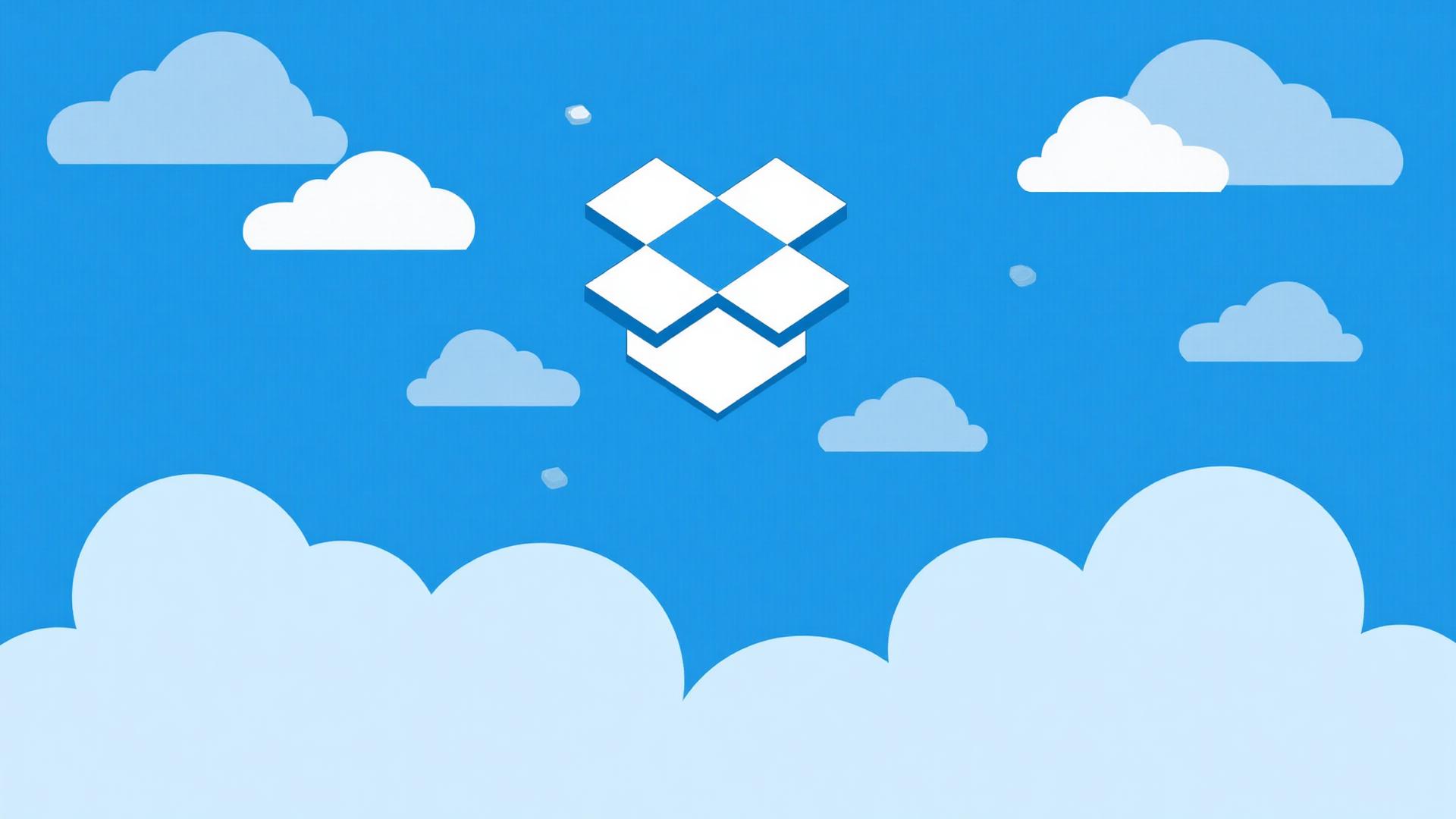The Challenge
In 2007, Drew Houston faced a common frustration: he forgot his USB drive and couldn't access his files. This sparked the idea for Dropbox - a service that would sync files across devices seamlessly.
However, Houston faced a significant problem: how could he convince investors and users that this complex synchronization technology would actually work without building the entire product first?
 The MVP Solution: A Simple Video
The MVP Solution: A Simple Video
Instead of building a complex product, Houston created a 3-minute screencast video demonstrating how Dropbox would work. The video was simple, technical, and included inside jokes that resonated with his target audience of early adopters and tech enthusiasts.
What Made the Video Effective:
-
Showed the actual user experience, not just features
-
Demonstrated seamless file synchronization across devices
-
Included humor and cultural references for the tech community
-
Addressed common pain points that users experienced daily
-
Required minimal investment compared to building the full product
The Launch Strategy
Houston posted the video on Hacker News, a popular tech community forum. The response was immediate and overwhelming.
 Viral Growth
Viral Growth
The video resonated with the tech community, generating massive organic interest and discussion.
 Validated Demand
Validated Demand
The overwhelming response proved there was genuine demand for the solution.
The Journey Timeline
The Problem
Drew Houston forgets his USB drive, sparking the Dropbox idea
The MVP Video
3-minute demo video posted on Hacker News gains 75,000 signups overnight
Beta Launch
Private beta launched with waitlist, creating exclusivity and demand
Public Launch
Full public launch with referral program driving exponential growth
Rapid Growth
Reached 50 million users with viral referral strategy
Going Public
Successful IPO with $10 billion valuation
Key Lessons from Dropbox's MVP
Validate Before You Build
Dropbox proved massive demand existed before investing years in development. The video cost almost nothing but validated a billion-dollar idea.
Show, Don't Tell
The video demonstrated the actual user experience, making the value proposition immediately clear and tangible to potential users.
Know Your Audience
By targeting tech early adopters first, Dropbox built credibility and word-of-mouth that later helped them reach mainstream users.
Simplicity Wins
The MVP didn't need to be the full product. A simple demonstration was enough to validate the concept and attract early users.
"The video was the MVP. It was a way to show people what we were building before we actually built it. The response told us we were onto something."— Drew Houston, Founder & CEO of Dropbox
Apply These Principles to Your MVP
Create a simple demonstration of your product concept before building
Target early adopters who will understand and appreciate your solution
Use landing pages and videos to validate demand cost-effectively
Build community and exclusivity through waitlists and beta programs
Iterate based on real user feedback, not assumptions
Focus on solving one core problem exceptionally well
Ready to Validate Your Idea?
Learn from Dropbox's success and start building your MVP with a validation-first approach.
